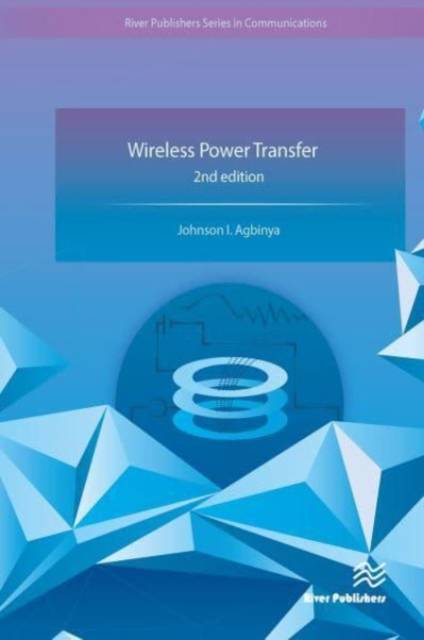
- Retrait gratuit dans votre magasin Club
- 7.000.000 titres dans notre catalogue
- Payer en toute sécurité
- Toujours un magasin près de chez vous
- Retrait gratuit dans votre magasin Club
- 7.000.000 titres dans notre catalogue
- Payer en toute sécurité
- Toujours un magasin près de chez vous
Description
Wireless Power Transfer is the second edition of a well received first book, which published in 2012. It represents the state-of-the-art at the time of writing, and addresses a unique subject of great international interest in terms of research.
Spécifications
Parties prenantes
- Auteur(s) :
- Editeur:
Contenu
- Nombre de pages :
- 766
- Langue:
- Anglais
Caractéristiques
- EAN:
- 9788770229777
- Date de parution :
- 14-06-23
- Format:
- Livre broché
- Format numérique:
- Trade paperback (VS)
- Dimensions :
- 156 mm x 234 mm
- Poids :
- 1056 g







